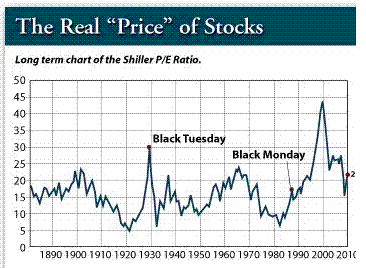Holiday seasons are here again and here is the long awaited update on the high dividend names in Singapore. How time files, the last one, which is also the most read post on this blog, was done more than a year ago.
Using almost the same criteria as last yr:
1. Market cap more than $50mn
2. Dividend yield more than 4%
3. Past 3 yr average ROE more than 12%
4. Past 3 yr FCF yield more than 7%
5. Past 3 yr EBIT margin more than 4.5%
We get over 50 stocks. This first installment shows the top 20 names. Actually I tweaked the criteria a bit bcos using the old one (with ROE of 9%) will get close to 70 stocks which will stretch the series too long.
Again I must warn that such lists usually cannot help investors make money. It is a mere first cut for diligent analysts to dig further for gems.
A couple of names on last year's list is gone now. One of top names: Best World completely collapsed. It's sales decline 30% and its share price halved. I didn't drill into the details, but you can imagine there would be a few of these bombs in a list like this.
So pls do your homework!
Incidentally, the name we discussed in the post last year: Transpac did very well. It returned $1.1 to shareholders but it's share price only fell from $1.7 to $1.5, this means that people who bought in Sep 2010 when the post was out would have made 50% in 1 year excluding tax effects.
But as alluded to last year, it is a difficult co. to understand as they are not running a normal manufacturing business. Rather it's now more an investment holding company.
Anyways here's the bonus (or bomb! depending on how the stocks will do in the next 3-5 yrs). Based on my limited experience, I believe the following co.s are genuinely good businesses to own and should help perserve capital over the long run.
These are co.s that either have a reputation for quality management or in a good business or both. Investors who had looked at Sg stocks for some time would be familiar. Again, caveat emptor, pls don't just buy blindly. Do your own homework.
1. Adampak: Packaging co., makes stickers and films and also helps distribute 3M products. Key risk: High exposure to HDD.
2. Boustead: Engineering co. run by FF Wong, an astute manager. Key risk: cyclical nature of business. Fellow blogger Musicwhiz covers this stock very well.
3. Viz Branz: 3-in-coffee and cereal maker. Great business in China and Asia but weaker than Super Coffee. Key risk: Battle for control within family members.
4. SATS: Big food supplier in Singapore (for Changi and the Army), blue chip. Key risk: Declining Sg male population, SIA squeezing them and relatively high valuation and payout already.
So, that's all folks. Stay tuned for the next few installments!
Using almost the same criteria as last yr:
1. Market cap more than $50mn
2. Dividend yield more than 4%
3. Past 3 yr average ROE more than 12%
4. Past 3 yr FCF yield more than 7%
5. Past 3 yr EBIT margin more than 4.5%
We get over 50 stocks. This first installment shows the top 20 names. Actually I tweaked the criteria a bit bcos using the old one (with ROE of 9%) will get close to 70 stocks which will stretch the series too long.
Again I must warn that such lists usually cannot help investors make money. It is a mere first cut for diligent analysts to dig further for gems.
A couple of names on last year's list is gone now. One of top names: Best World completely collapsed. It's sales decline 30% and its share price halved. I didn't drill into the details, but you can imagine there would be a few of these bombs in a list like this.
So pls do your homework!
Incidentally, the name we discussed in the post last year: Transpac did very well. It returned $1.1 to shareholders but it's share price only fell from $1.7 to $1.5, this means that people who bought in Sep 2010 when the post was out would have made 50% in 1 year excluding tax effects.
But as alluded to last year, it is a difficult co. to understand as they are not running a normal manufacturing business. Rather it's now more an investment holding company.
Anyways here's the bonus (or bomb! depending on how the stocks will do in the next 3-5 yrs). Based on my limited experience, I believe the following co.s are genuinely good businesses to own and should help perserve capital over the long run.
These are co.s that either have a reputation for quality management or in a good business or both. Investors who had looked at Sg stocks for some time would be familiar. Again, caveat emptor, pls don't just buy blindly. Do your own homework.
1. Adampak: Packaging co., makes stickers and films and also helps distribute 3M products. Key risk: High exposure to HDD.
2. Boustead: Engineering co. run by FF Wong, an astute manager. Key risk: cyclical nature of business. Fellow blogger Musicwhiz covers this stock very well.
3. Viz Branz: 3-in-coffee and cereal maker. Great business in China and Asia but weaker than Super Coffee. Key risk: Battle for control within family members.
4. SATS: Big food supplier in Singapore (for Changi and the Army), blue chip. Key risk: Declining Sg male population, SIA squeezing them and relatively high valuation and payout already.
So, that's all folks. Stay tuned for the next few installments!



